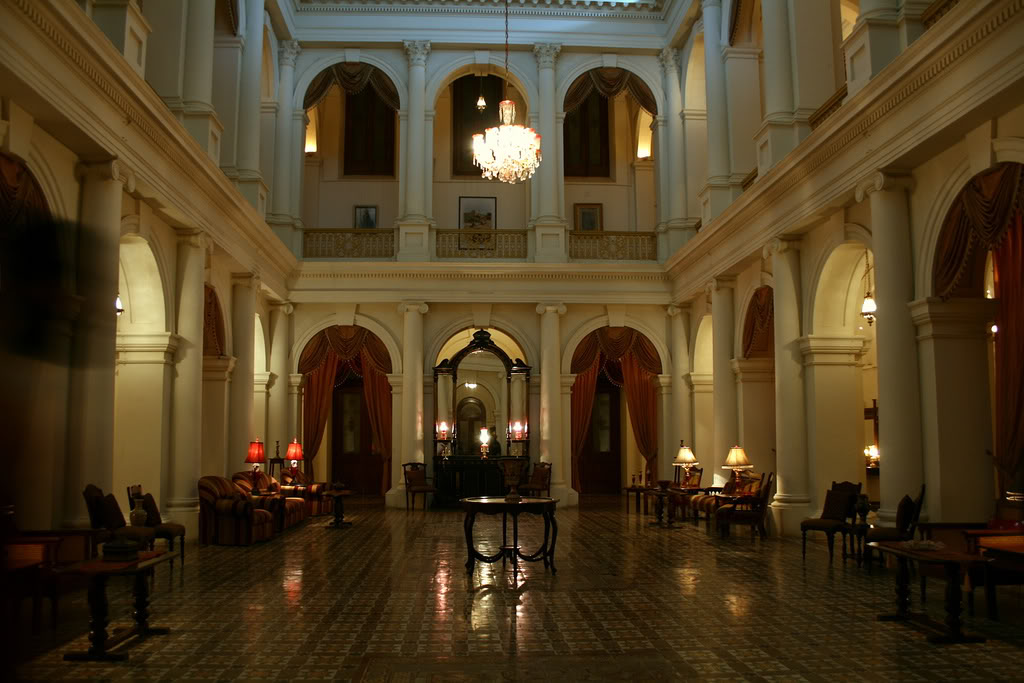Introduction
The Darbar Mahal is a historic fort located in the Pakistani city of Bahawalpur; this city is deeply rooted in Asian history and is considered to be one of the most important trade and cultural centers in local history. The Mahal itself is under the control of Pakistan Army, but its grounds are a popular tourist attraction; since they provide proximity and excellent view of the architecture that resembles that of the ancient Mughalai Forts, and is on par with the typical fusion of East Indian and Arabic architectural techniques that were prevalent in the subcontinent during the 1800s.
History of Darbar Mahal
Darbar Mahal was commissioned by Nawab Bahal Khan (V) in 1904, and was one of its kinds among other forts that had been built around that time. Originally conceived as the “Bhawal Gerhâ€; the fort was completed in 1905 and was dedicated to one of the wives of the Nawab. The Mahal was eventually given into the services of the Pakistan Armed Forces and government offices after the Pakistani War of Independence in 1947, and the tenants paid due dividends to the Nawab. The Mahal has also served as the sitting bench for regional court of the State of Bahawalpur and during the last 2 decades has been reserved exclusively to serve the Pakistan Army.
An Architectural Masterpiece
The Darbar Mahal has been built out of red brick and is built in the style of the earlier Lahore Fort. It does seem to have been fashioned in to an extended “Hawaylee†styled building that contains 4 domes that are connected to each other via short corridors. The structure is an elegant blend of red on white; with white dominating the roofline and windows, while the exterior walls are red. The architectural theme of Ancient Arab and Indian traditions is consistent all throughout the building, with a spacious building adorned with more than 80 windows that have been styled in the old Islamic traditions of the 14th century.
 The interior of the Darbar Mahal is one that exudes elegance and class; the walls have been given a unique light gold-tan color that is both; eye catching, as well as give the rooms a feeling of robustness and space. There are valuable paintings on the walls too, which date back to the mid 1800s and traditional Indian style ornaments and swords, there are also portraits of some imminent members of the Nawab family throughout the building.
The interior of the Darbar Mahal is one that exudes elegance and class; the walls have been given a unique light gold-tan color that is both; eye catching, as well as give the rooms a feeling of robustness and space. There are valuable paintings on the walls too, which date back to the mid 1800s and traditional Indian style ornaments and swords, there are also portraits of some imminent members of the Nawab family throughout the building.
The interior has been adorned with fabulous furniture, which is among the premium and finest local variety of the day, and the carpets are equally rich and spectacular. Velvet curtains hang on the doors and have been given a lush maroon color, which ties in well with the surrounding walls, and adds to the effect of royalty. The archways have been garnished with ceramic tiles that glitter under the light of expensive chandeliers and further increase the majestic of the Mahal.
The main hall of the building was once reserved as an art gallery, which housed some of the most priceless and rare art relics and family heirlooms, but these were sadly stripped down during the time Pakistan Army took control and replaced them instead with photographs of the olden rulers of the State of Bahawalpur and the Nawabs.
The palace grounds are filled with lush greenery and constitute an area in excess of 75 acres, which makes it one of the largest properties in the immediate area, and also an adequate place for numerous exotic and native plants to flourish. The grounds are always maintained in impeccable order and also contain fountains.
Tourism
The Darbar Mahal has great potential to work as a tourist spot owing to its old architectural design, which is reminiscent of the pre-partition India, and is steeped in local cultural history. But sadly, very little of the property is open for public access, only the outskirts of the gardens are rarely opened to host galas or official functions. The building is exclusively used by the Pakistan Army and in the olden days used to house government offices. The Darbar Mahal is one of a few such palaces that were constructed in Bahawalpur, which is why it is often known as the “Princely State†in local culture.

A very refreshing and insightful article on the former princely state of Bahawalpur. Pakistan unfortunately does not have as many majestic palaces as India, preserving the few we have is a wonderful opportunity to celebrate our colourful history and heritage.